As a young child, Jan Tratnik stepped off a bus and into conversation with a “small man” in a child-size car. A photo of this interaction between Jan and what was actually a ventriloquist’s dummy appeared in the Sunday paper soon thereafter. She was fascinated by this.
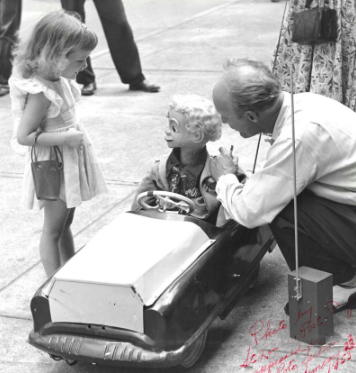
Thus was born her life-long passion for photography. It sustained her a highly successful career in Communications and PR with companies like Grainger, Morton International and Jan Tratnik Consulting; informed her world travels; and underpinned her giving-back efforts — like Emeritus service as a Red Cross Board Member and extensive work for Alzheimer’s Association, including Board Chair.
Moreover, her service is in dedication to organizations whose core beliefs align with hers — like those of the Red Cross, such as “turning compassion into action” and the importance of community. This informs Tratnik’s creative work as well, as showcased in her recently-published book of photography, “Hand Me The Camera” — a curated collection of her photographs from over the years, taken all over the world, sharply identifying subjects of true humanity. The book was also recently named the second-place winner in the “Self-Published Book, People” category of the prestigious International Photography Awards — an annual, worldwide photography competition that receives thousands of entries.
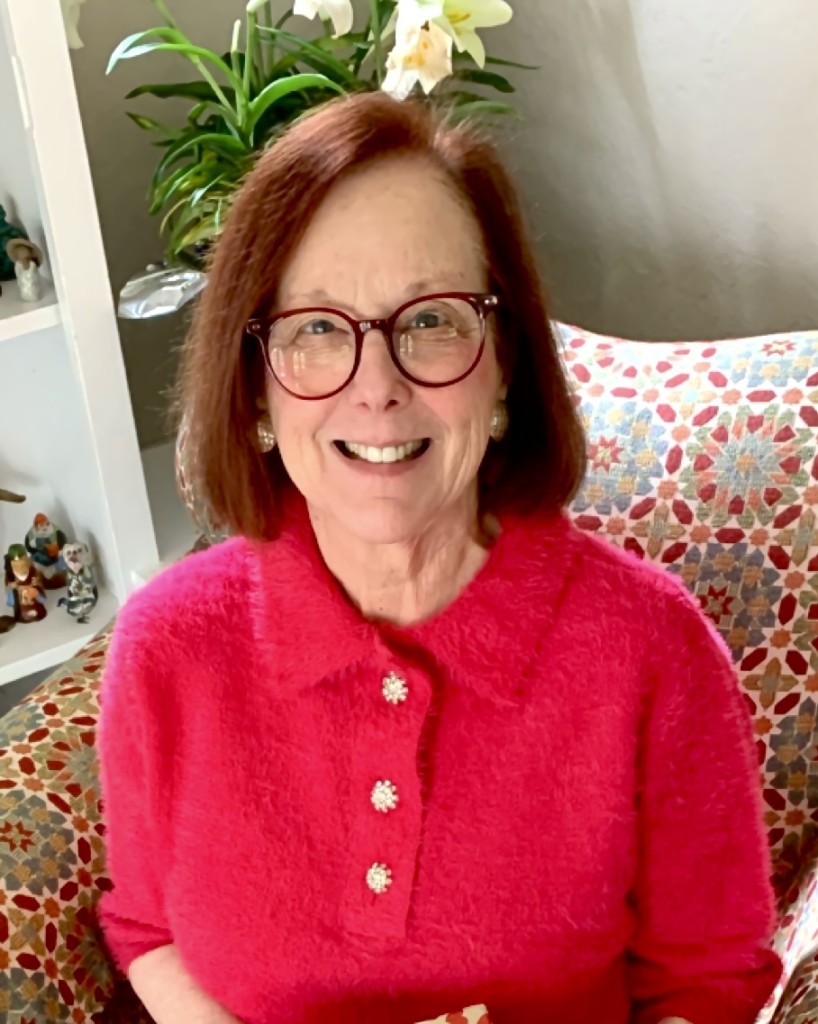
The accolades continue with numerous awards and nominations over the years from Lucie Foundation International Photography Awards, Monochrome, Monovision and Black & White Magazine.
Better sat down with Tratnik to discuss where her passion comes from and how she found herself at the intersection of art and corporate life — read her words here.
Editor’s Note: All photos in this article are courtesy of Janis Tratnik.
Better: Tell us about your recently published book “Hand Me The Camera,” what’s it all about?
Tratnik: For many, many years, probably five decades, I have been very engaged in photography. And I’ve come to a point now that I have such a massive archive — and it’s primarily street photography, although I do other types of photography — [and] I thought it was really time to publish my street photography, particularly in a book. And the title is kind of interesting because I was sitting around with my husband one day and we were talking about my passion for photography. And it had to take a backseat a lot of times to my corporate job, to rearing my daughter, all kinds of things. But it’s been a consistent thread for me since I was in my early twenties [but] I never got serious about publishing a real retrospective of my work
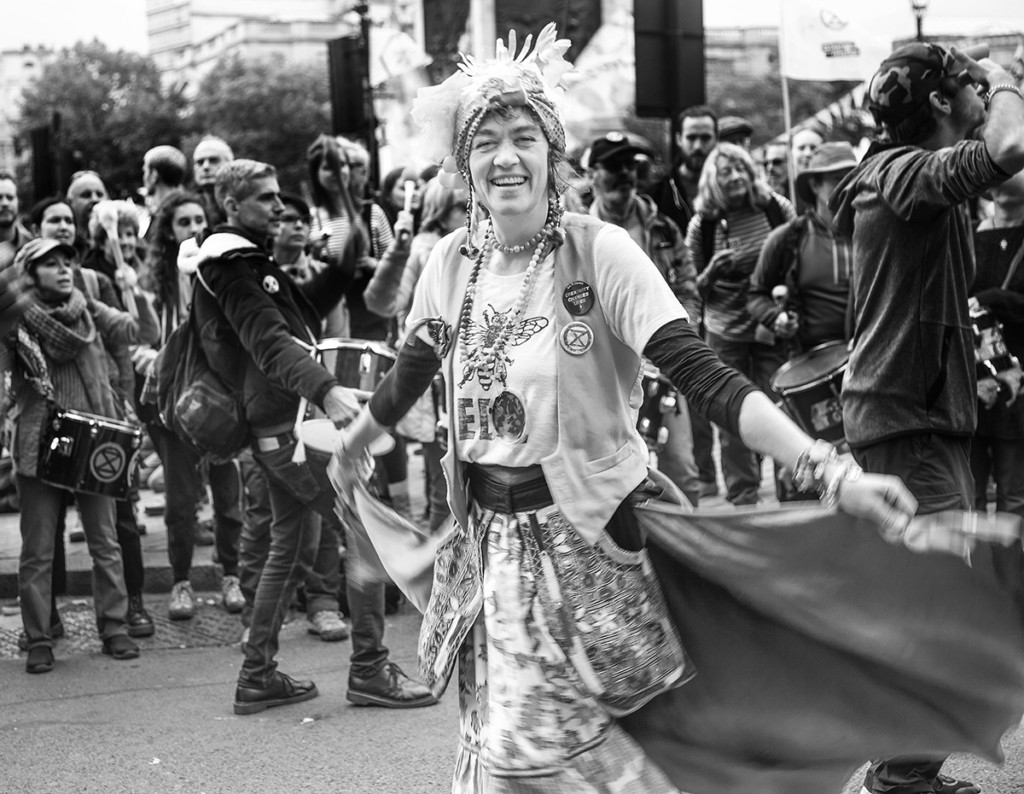
And so we were sitting around … and we were laughing about my passion for photography, and I [jokingly] said, “I could be on my deathbed and I would say, ‘Hand me the camera for one more shot.’” And we both looked at each other and we said, “Well, that’s what you should call the book.” It just really represents the fact that I’m always ready to grab that camera and take a photograph — no matter what.
At what point did you really begin the process of vetting what pieces you would include?
I’d say it was about a year ago. It took some time to call through files and I had to go through an iteration of what I wanted this book to be. At first I thought I [was] going to have this theme of street and self and still and … not only street photography, but portraits, still lives and landscapes. And then I thought, “No, that’s too much. I have to focus.”
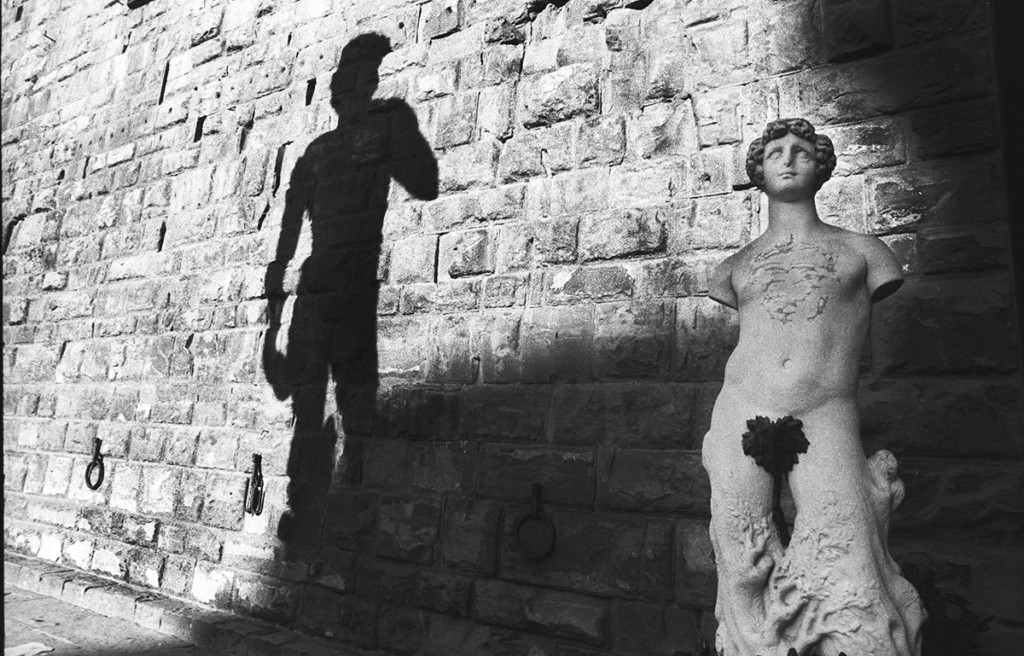
That’s when I decided that it was going to be dedicated to my photo-journalistic-style, black and white. I do mainly black and white, [it] has always appealed to me more. And it was quite a process … this is a 200-page book so I had to be fairly selective about it.
But the cover photo is very straightforward; it’s a hand holding a camera out. I took an old photograph of myself from when I first started down this road — it was a self-portrait — and I cut up the face of it in a circular pattern and I dropped it into the lens. So it is a cover photo of a hand holding a camera, and the camera has me in the lens. It’s very different. But it took me quite a while to figure out the layout because I couldn’t just throw the photos in a jumble. Because it is a two-page spread, I wanted to make sure that one wasn’t out-shining the other, that they complimented each other and were paired in a way that represented their own message, together.
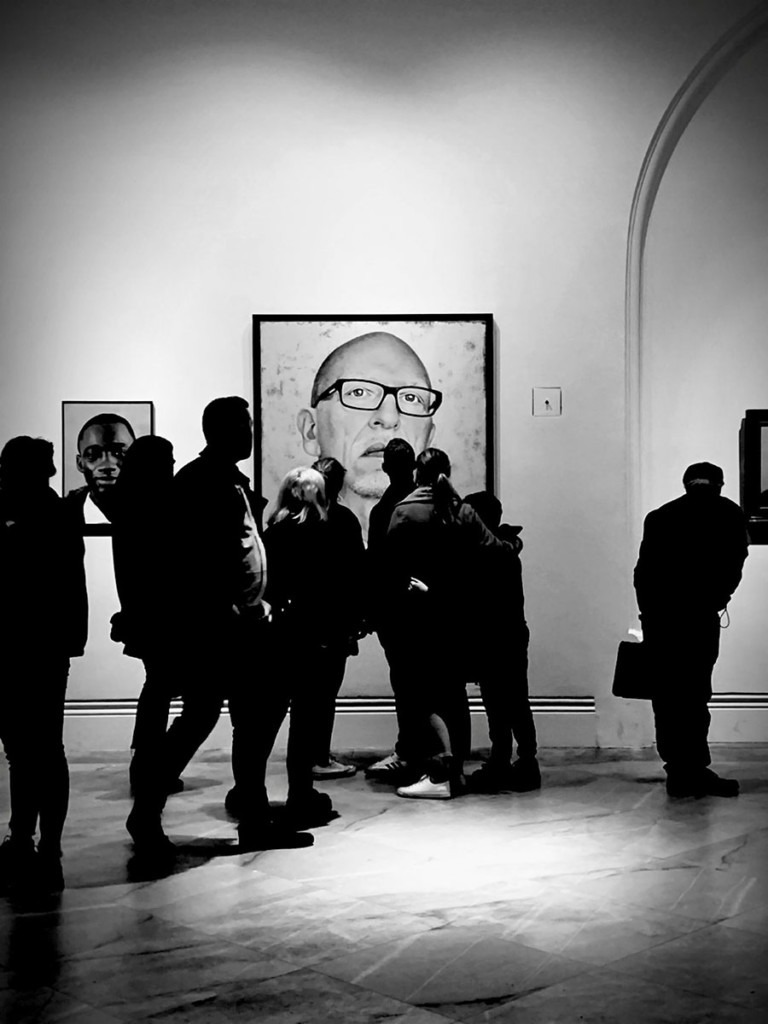
With your career in the corporate world, did you see that and your art impacting each other at all?
I was in the field of communications and public affairs, so my job was really focusing on the messaging of the entity and the positioning of outreach to external groups. There was, of course, in my organization, a creative wing that had to do with graphics and publications. And I would say that in my career, the only really symbiotic piece was the visual aspects of being a communicator and a producer of visual publications, videos, photographs, things like that. I’m very visual and because I have been very involved in photography on my own, I think that really helped me in my career, in those aspects.
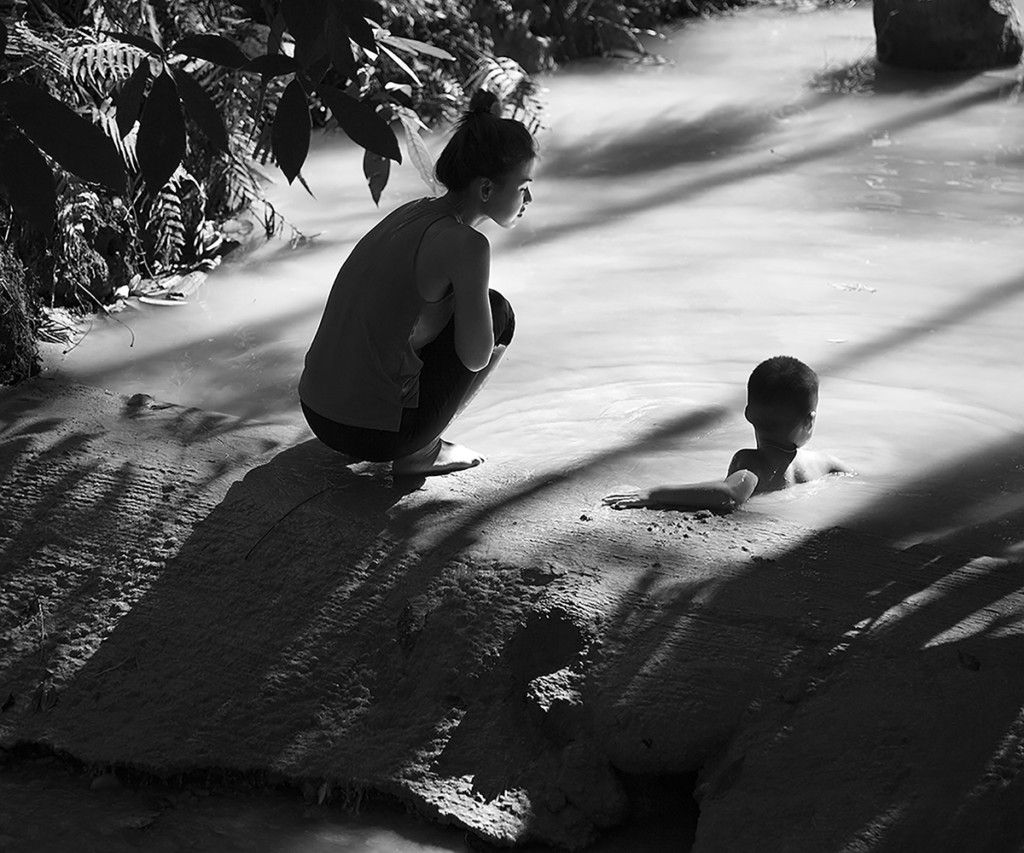
What do you hope audiences take away from your book?
I hope they take away an appreciation for the world around them that sometimes we overlook. Because we go about our business whether we’re traveling as a tourist [and] we have some dedicated itinerary where we might be going to see sites or things and not necessarily paying attention what’s happening just all around us as we step out the door and we’re in a new culture and there’s a lot of activity of people. I think that it has really opened up my eyes to the world around me and just the simple things, the ordinary things that might be taking place around me in any environment that I’m in. As Susan Noyes so aptly described [the book], it is about humanity. It is about a world of people out there doing things every day.
Do you have any stand-out, personal favorite entries in the book?
I will tell you, there’s one photograph that I took many years ago. It was when I first started doing this, I was in my mid-twenties. I was on a train going from London to Cambridge and I was sitting across from a family and there was a little girl. She was probably about eight years old and she was kind of fascinated by my camera. I was a young woman, you know, and she and I had a connection. And I took a couple of photographs of her and she was, of course, posing for me like in the little model pose and everything, just absolutely charming.
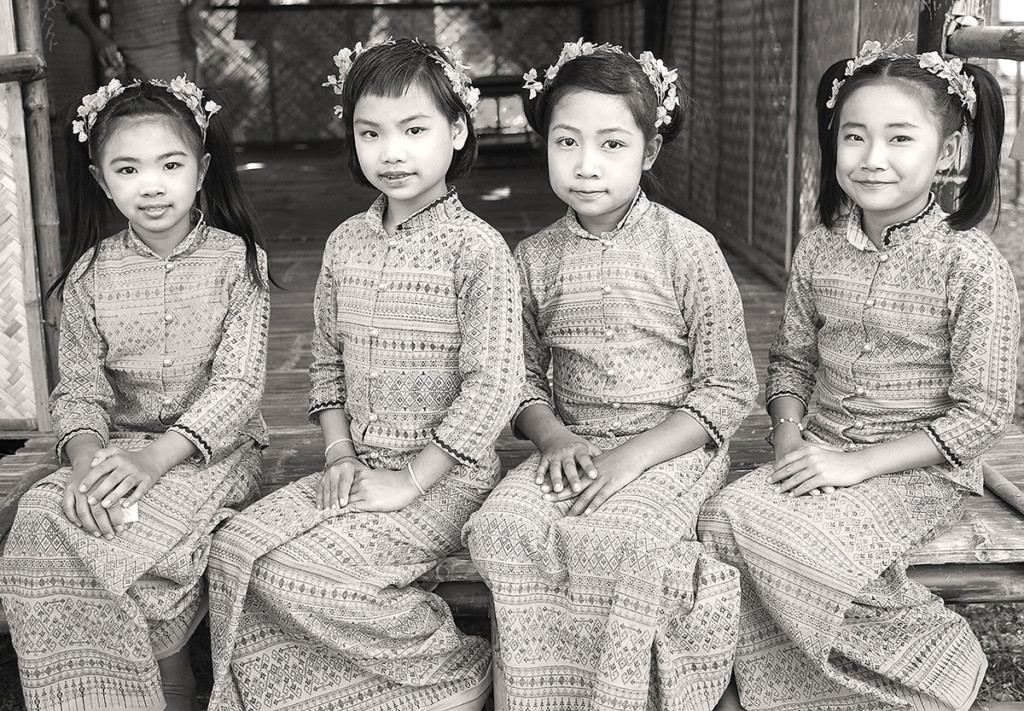
And I still look at that photograph and I wonder whatever happened to that little girl; what her life was like; if she remained in the UK; if she ended up working or getting married? What happened to her? There are many photographs I’ve taken that have messages of joy, some messages of despair, sometimes messages of boredom, sometimes messages of urgency. … People tell me when they look at the book — and it’s very enlightening to me because I’m so familiar with these images — of the impact that it has on them because they get a theme or a story or an impression from every single one of those photographs, and I’ve got used to looking at them.
The bottom line for me is that this has been a lifelong passion. It has allowed me to pay closer attention to what’s going on in the world around me, to be able to capture these moments of life. I just feel that it has become a real part of me. You know, maybe my memory is fading in different ways, but I have to tell you, I believe I remember every single shot I’ve ever taken.
On the horizon, Tratnik plans to continue her decades-long photographic work, as this book is the “first, perhaps, of a series.” Though what form it will take and what genre of her varied oeuvre it will draw from has yet to be decided, for now, she is savoring the experience of closing this chapter of a life-long dream.
For more details on her work or to purchase “Hand Me The Camera,” please visit the Janis Tratnik website — designed by Chicago-area web developer Larry Kozial.
More from Better:
- From Skiing to Sundance: Where to Eat, Stay and Play in Park City, Utah
- How to Restore, Revive and Thrive in 2023: Guide to Health and Wellness for Your Best Year Yet
- How To Help: Where to Donate and Volunteer to Support Youth Health, Fitness and Nutrition
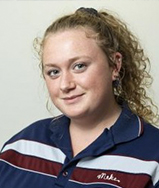
Margaret Smith is a Chicago-based writer and editor with a passion for socio-political storytelling about their community. They are a graduate of Columbia College Chicago.
